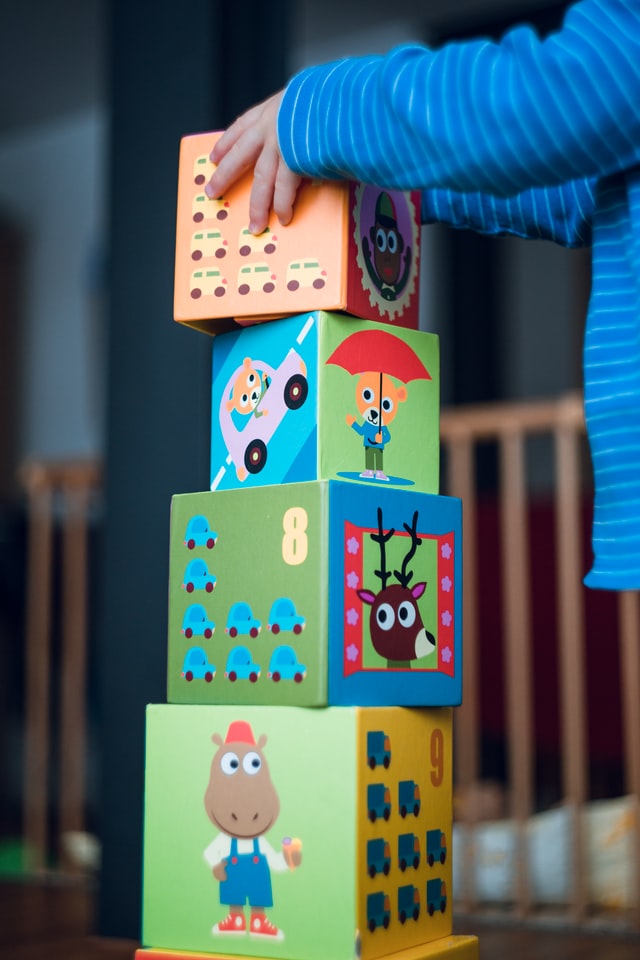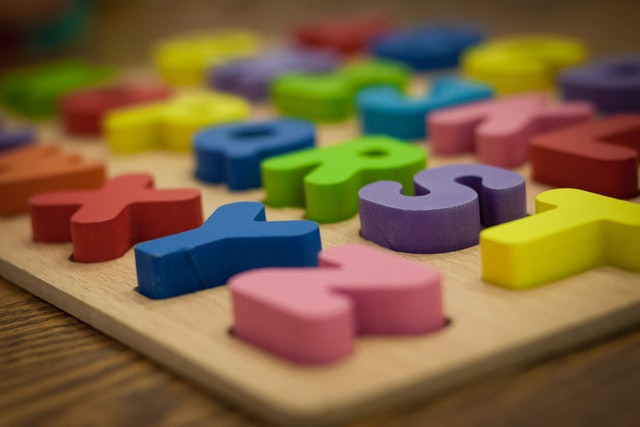


Errorless Learning
Errorless Learning is an essential tool in your teaching toolbox. If the task is too hard or takes too long, your child may disengage very quickly.
As a result we can often see some inappropriate or challenging behaviours emerge as your child tries to avoid or escape from the aversive task.
Instead start with ‘work’ and prompts that are ‘too’ easy for your child. Fade back your prompts slowly and increase the difficulty & duration of the task.
That way ‘work’ will never feel like ‘hard work’.

Breaking down tasks into sizeable chunks and working on them repetitively is a part of many early intervention programs. It is certainly not the only part as Natural Environment Teaching (NET) & Floortime are equally as important.
In early programs, I have used table top ‘work’ to teach children how to play with and enjoy many early activities like cause and effect toys, construction toys like jumbo blocks, inset puzzles & many more. Often kids especially those on the Autism Spectrum can thrive from the structure of the desktop approach and then the skills can nicely generalise across into play and the natural environment.
Again, I want to emphasis that desktop work (more specifically, discrete trial teaching) is only one part of an Individualised Education Plan.
Errorless Learning Defined

Errorless Learning means to ensure your child always responds correctly.
It is a really helpful tactic that prevents the child from responding incorrectly by immediately prompting the correct response until the child is familiar with the target behaviour.
Most children will get frustrated quickly with a trial and error approach. Another benefit to the errorless learning approach is that the child doesn’t get a chance to remember mistakes or ‘the wrong way of doing something’.
Provide your child with a prompt or cue before, during or immediately following an instruction. The prompt should prevent any chance for incorrect responses. Repeat the instruction many times and then begin to fade slowly e.g. from a full physical prompt, to a light physical prompt at the wrist, to a light physical prompt at the elbow and then allow the child to respond independently. When fading your prompts, do it systematically and slowly. In behaviour analysis we use a strict decision protocol guided by data so that we ensure the child is learning.
This way we are building a history of success and self-confidence with a new skill.
For more information, don’t hesitate to contact me or leave a comment below. I also have a highlight on my instagram called visual schedules.
Thanks for reading,
Keira